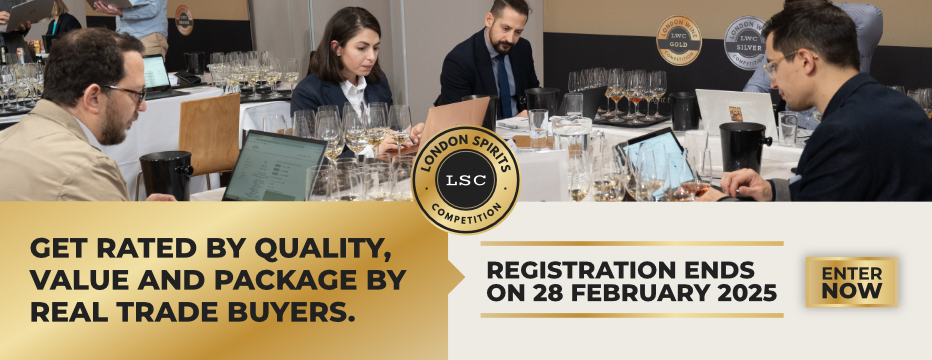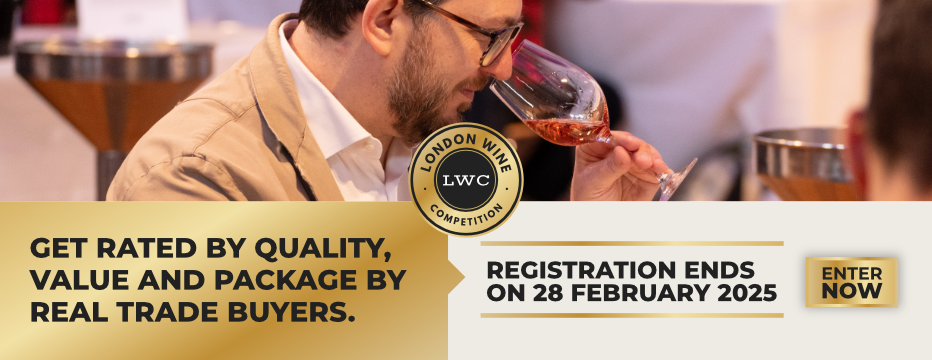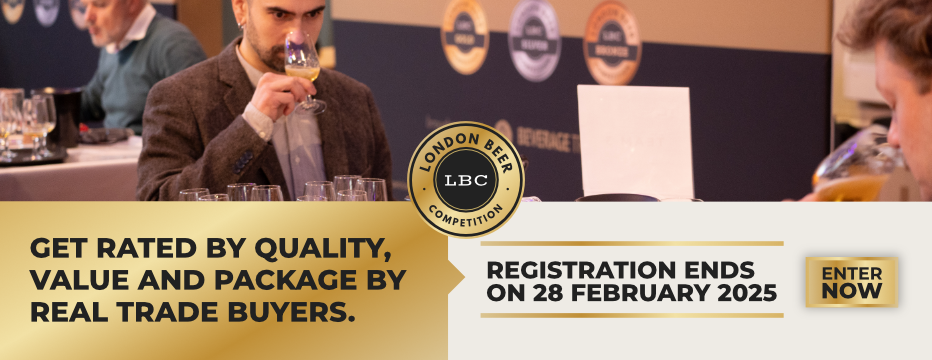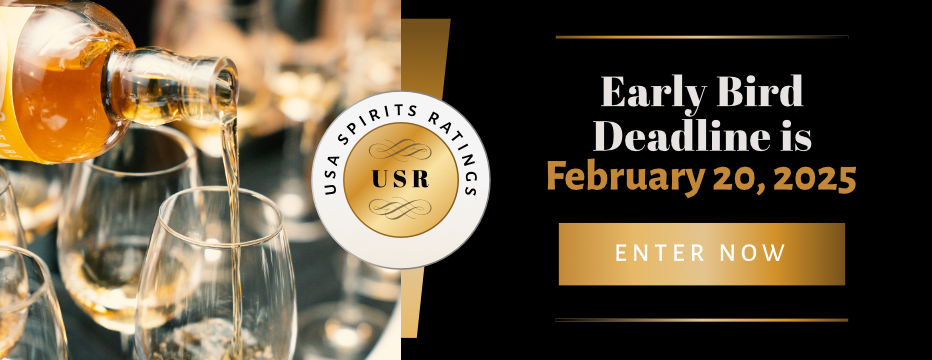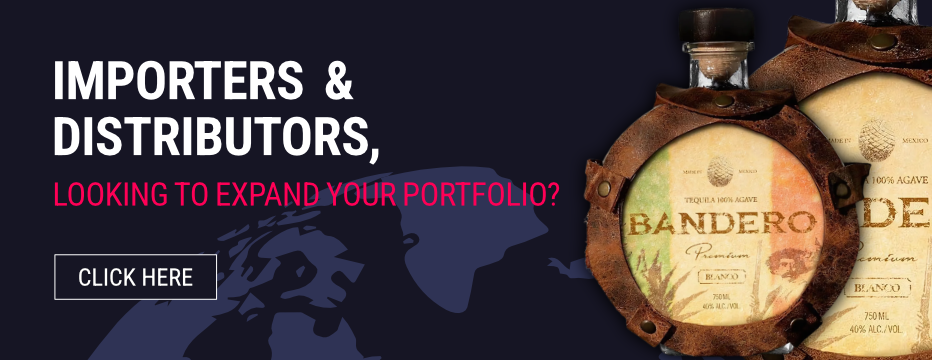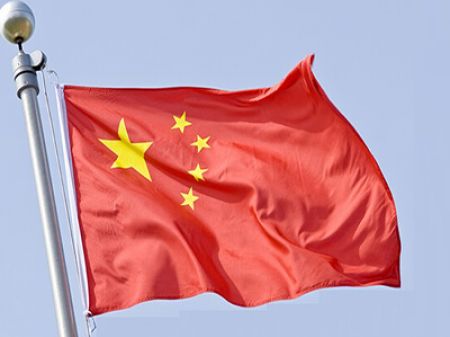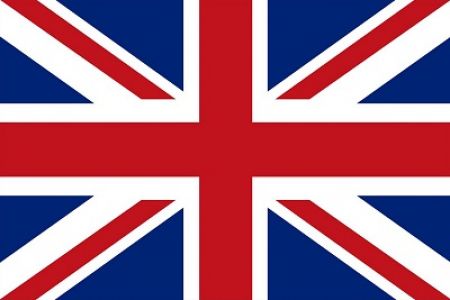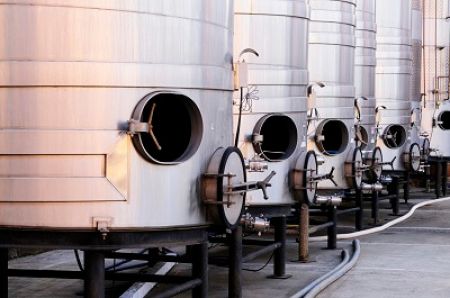Sommeliers Choice Awards 2024 Winners
Maximize your Success at Trade Fairs
This article looks at the activities suppliers can take during the 5 key phases of a trade fair (including in the months before and after).
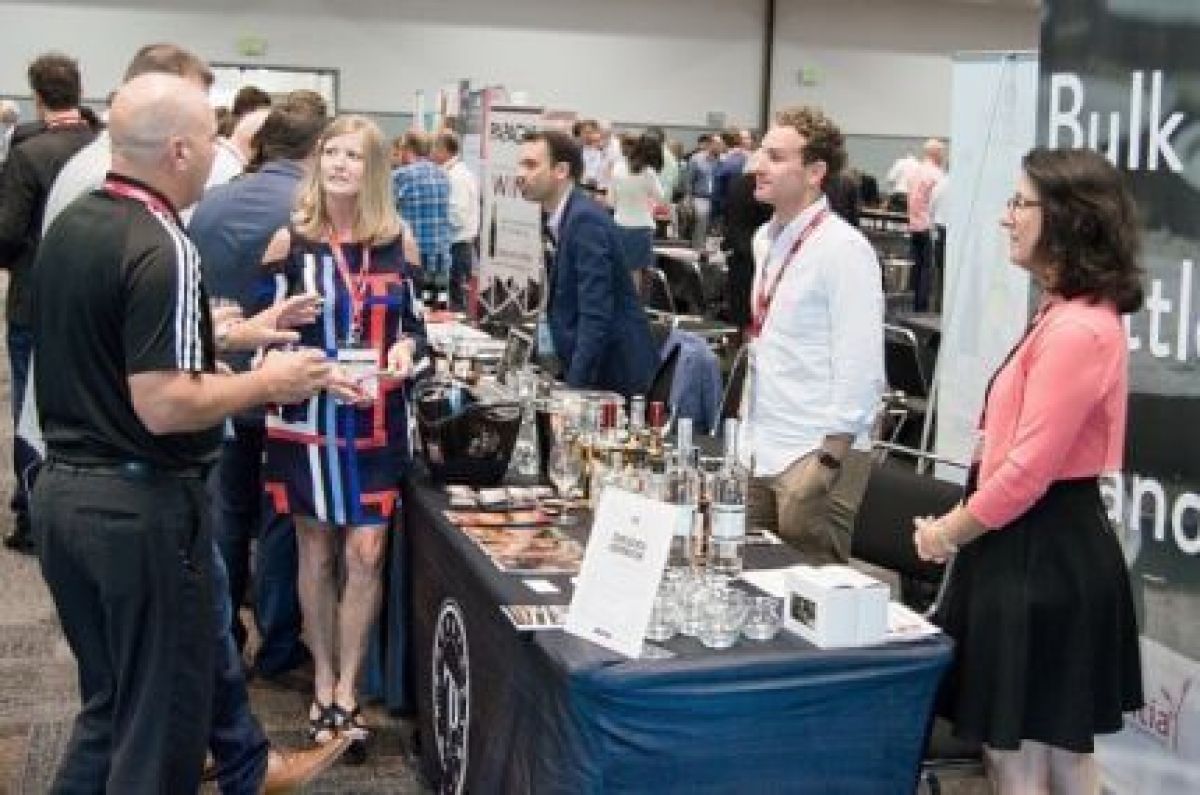
As the number of liquor brands has increased, so has the complexity for buyers and sellers to meet and discover new opportunities. Trade fairs and trade exhibitions are events that can bring buyers and sellers together in one place, adding value by connecting potential business partners.
This article looks at the activities suppliers can take during the 5 key phases of a trade fair (including in the months before and after). Given the costs can add up when you consider entry fee, stand build, marketing material, travel, samples logistics and time out of office, getting a strong ROI requires careful planning and smart execution.
Types of trade fairs
Trade fairs are big business so there should be no doubt in your mind why a trade fair is being held - 99% of the time it is a profit making enterprise. That’s not a bad thing at all, the long term success of a trade fair is fully dependent of exhibitors having success and signing on for the next year, and for buyers to get value from access to those suppliers in one place. If an organiser can achieve this and make a good profit, everyone wins.

Choosing the right fair can be hard - you should consider what you are aiming to achieve with your brand and what sales outcomes you are looking for.
There is no point investing in an exhibition just for the sake of being involved, it should always be a building block of your brand and/or sales plan.
That said, there are different types of liquor fairs /exhibitions:
B2B - producers, distributors and wholesalers to retailers and on trade
focused on gaining listings on premise and rangings in retail.
B2B - producers and importers to distributors and wholesalers
focused on gaining new distributors and wholesaler listings
B2C - Producers, distributors and retailers to consumers
focused on building brand awareness and direct consumer relationships
For any business model you’ll be able to find fairs and exhibitions that meet your brand and sales objectives.
The 5 Phases of A Trade Fair
In broad terms there are 5 distinct phases of each trade fair, 2 before, 1 during and 2 afterwards:
1. Annual trade fair activity plan and communication
2. Preparation - 3 months out
3. The fair
4. Follow up - 14 days afterwards
5. Follow up - 1 to 6 months afterward

Phase 1: Annual Activity Plan
As part of your annual marketing or sales plan you should choose and book into the trade fairs that match your strategic outcomes. Popular fairs get filled up very quickly so it's best to book as far out as possible.
Having a long lead time has many benefits on top of making the administration and logistics easier. Importantly your sales team can communicate to customers and leads your planned attendance at their local fair. If you don’t visit a market often you can continuously mention ‘let’s meet at the fair’ to drum into them both your company's reach as well as your support of their local event.
Long time frames also enables you to book market visits and trade activity on the back of the fair well in advance, to ensure you can maximize your trip and follow up potential.
One marketing opportunity not to miss is the official brochure or catalogue, whether in print or online. This should not be left to the admin team! Let your trade marketing or sales specialists determine the best information to go here and use as much detail as you can.
Remember visitors prepare their visit via the information at hand which will generally be the fair’s website or brochure, so make sure your brand is communicated with the key target visitors in mind.

Phase 2: Preparation - Last 3 months
While your administration and logistics preparation should start earlier, your sales and marketing promotion of the fair can commence 3 months out. This is by far the most important time. These 3 months will determine the success or failure of your trade fair
- yes you can guarantee failure before the doors even open!
Many buyers will know they are attending the fair months out but will not commit to meetings till the last 2 weeks. This is important because you must make sure you are front of mind when the time for bookings comes as well as be interacting with them enough to catch them when they start making bookings.
This is also the time to add some information (depending on need) to your website, price books, promotional activity and email signature. It’s also a good time to speak to
PR about trying to get some press about your stand in the fair. A new release, new range or change in packaging can be enough of a vehicle to build a story around. Remember the PR activity should be planned early but not released until around the last week before the fair for maximum impact.
Booking in your current customers and ongoing leads can be done via phone or email, starting around 4 weeks out. This might be too early for them to commit to specific times but it allows you to get engagement early.
Target customers should be contacted as personably as possible, in person or via a phone meeting. Ideally you warm up your targets using your voice before your resort to emails.

Your communication to entice new leads to your stand should start soft and as the fair gets closer, get more serious. Bear in mind that cold leads are often not going to reply to you but with a bit of persistence and careful communications, you can make sure they’re fully aware of your attendance.
Again, depending on your outcomes, you should have plenty of solid meetings locked in with key people before you get to the fair. Remember - once at the fair you can’t control who comes and visits.
You should also look at what metrics you’ll use to judge the success of the fair - new business developed, proportion of key targets met, new distributions etc. Make them relevant to the reason you chose the fair in the first place and communicate the goals throughout your team.
During the weeks before the fair you should have prepared an agenda for all important meetings you’ve managed to book in. Put together all the information and marketing material and have it in easy reach throughout the fair.
You and your team should also agree on key messages you want to impart to the trade, deals or products to focus on or which marketing materials to use. Consistency is key to successful marketing so having all team members working with the same material will make your message more powerful.

Phase 3 - Showtime
Always visit the venue the day before the fair opens, there’ll usually be a window for exhibitors to set up the stand. Even if you have a prebuilt stand don’t leave anything to chance! Make sure everything is ready the night before to reduce stress and activity on the day.
If there are a few team members attending it’s well worth organizing a prep meeting the morning of the fair. Go through important meetings, key people who each team
Member is focused on (so that if they are spotted walking by you all know to grab them) and the meeting schedule.
Depending on your stand you might allocate meeting spaces to specific people or meetings, it's important that when key buyers visit you can quickly and smoothly move them to a comfortable space.
A handy tip is to get to know your neighbor’s on a first name basis (especially if they are not direct competitors). This gives you an ally if you run out of water or glasses - plus you can recommend each other to buyers to keep them in your area longer.
During the day it's important to keep yourself available for pre booked meetings but to keep flexible as timings always get stretched after the first 30 minutes. Be prepared for buyers who don’t show on time or don’t even show on the right day!
Take notes about everyone you meet so they can be added to your CRM for future reference / follow up. Either write notes on the buyer’s business card or number business cards as you get them and use that number to reference the note in your notebook.
After each meeting give yourself a couple of minutes to review what was said and write down more detailed notes. Highlight items you’ve committed to follow up on.
Keep hydrated! You’re on your feet for most of the day, talking for hours on end and often tasting with your customers so keep your fluids up. Also don’t forget to fuel up with food whenever you get a quick break.
Make the most of the evenings as well. While the day is great for business, the evenings are ideal for relationship building - and some of the best relationships get developed in bars and restaurants.

Follow Up - The 14 days after the fair
Your buyers get back to their offices in the days after the fair and are met with a mountain of work that they need to catch up on. You are in the same situation but now is the time to focus on follow up.
The first week after a fair is critical to keeping momentum going with active leads and staying front of mind. Priorities acting on commitments you’ve made, your key target buyers and the warmest leads on your to do list.
This is also a good time to get a follow up PR story out about how successful the fair was for you - have it written well beforehand so it's not a distraction now.
In the second week after the fair you can send another follow up email with photos of the event, success stories or linking to any media attention you’ve generated. Do what it takes to keep momentum going.
A review meeting with the whole team is a good way to work on improving your performance each year. On top of assessing the actual performance v the metrics you set prior to the show you can write down reminders for next year and take on board how other exhibitors set themselves apart.
Follow up - 1 month +
You’ll naturally keep activity going where new business opportunities have been developed, however it's important not to let new people you’ve met go completely cold. Just because you couldn’t get activity happening right away, it doesn’t mean these buyers aren’t interested, it's often just a matter of timing. Their business runs to its own time, not yours.
Start a trickle communications strategy to your warm leads once the 14 day mark has passed, not necessarily asking for a sale but keeping your business front of mind so when opportunities do open up, you’ll be one of the suppliers getting a call.

Other considerations:
Presentations - exhibitors can sometimes host presentations on their area of expertise to educate visitors - this is a wonderful opportunity to showcase your specialty. One consideration here - do you have a presenter who can engage rather than bore people?
Stand layout - carefully consider your business outcomes and brand identity when designing your stand. The more open tasting benches you have, the more tasting visitors you’ll get; the more information on walls, the longer people will stand staring at them (and potentially blocking walkways). Do you have a space for private meetings?
Who to take - if the goal is to develop new business then take sales people, if its to grow your brand then send marketing people. If you are meeting important customers it's often best to have an owner or senior manager there.
Conclusion
Success at trade fairs very much comes from strong preparation, you can’t just show up and expect to have buyers lining up to meet with you. The follow up is almost as important because potential new customers have their own time frames and you need to still be front of mind when the opportunity arrives.
All in all trade fairs are an expensive and labor intensive way of developing new business, but if you approach them right, you can make them supremely worthwhile.

